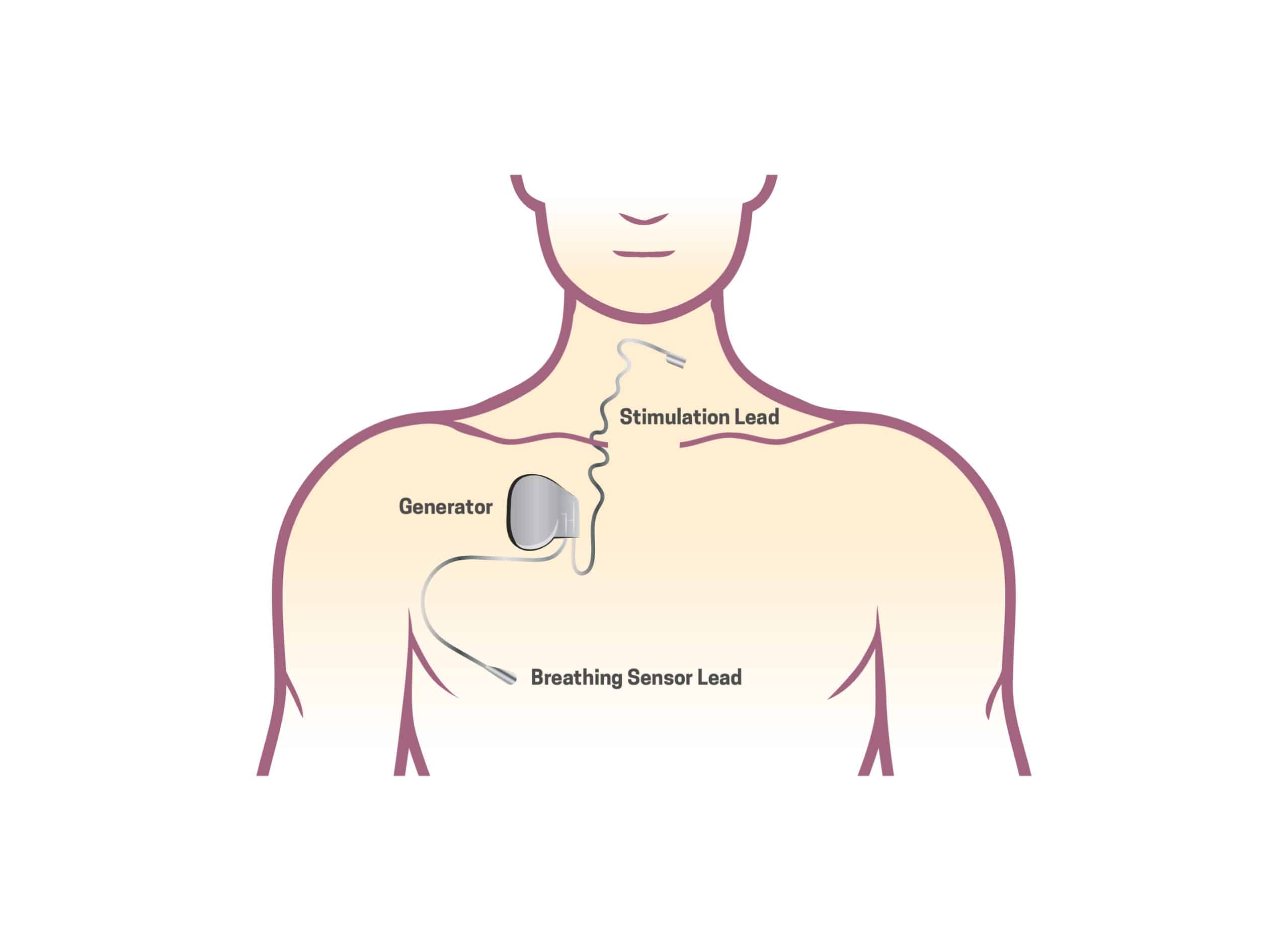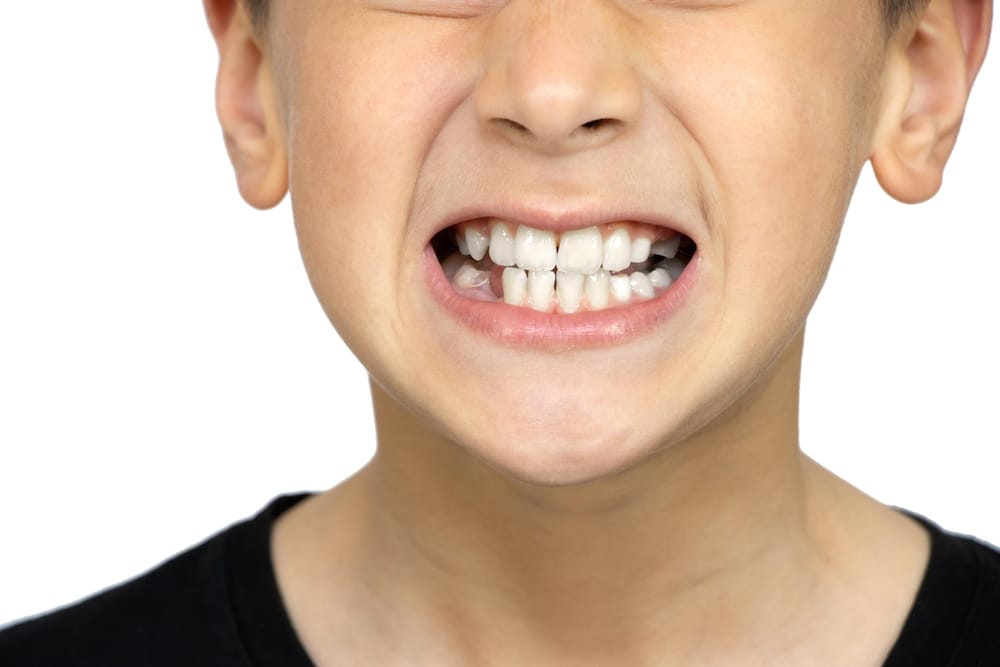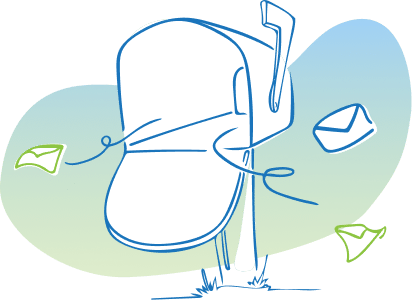If you suffer from obstructive sleep apnea (OSA), you know how difficult it can be to find the right treatment. Traditional treatments like continuous positive airway pressure (CPAP) therapy and mandibular advancement devices (MAD) can be uncomfortable and inconvenient, while maxillary mandibular advancement (MMA) is a more invasive surgical option. But now there’s a revolutionary new treatment available: Inspire Sleep Apnea Innovation.
What is sleep apnea and why is it a problem?
Obstructive sleep apnea (OSA) is a serious sleep disorder that disrupts restful and restorative sleep. OSA occurs when your upper airway collapses during sleep.
This collapse disrupts the normal flow of air, causing episodes where you are not getting enough air. During these events, you often snore loudly and experience fragmented and disturbed sleep patterns.
This leads to excessive daytime sleepiness which is linked to workplace and vehicle accidents and an impaired quality of life.
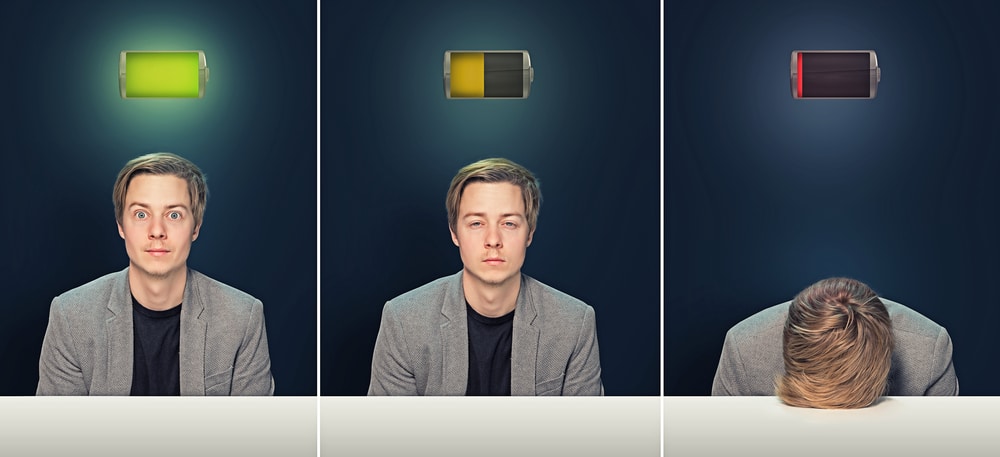
Most concerning, people with OSA face an increased risk for related conditions like obesity, diabetes, stroke, heart attacks, and even early death.
Taking the necessary steps to identify and treat OSA can help improve you overall health.
Traditional treatments for sleep apnea: room for improvement
Obstructive sleep apnea(OSA) treatment is aimed at reducing airway collapse and the related airway blockages during sleep. The most effective way to treat OSA, central sleep apnea (CSA), or mixed sleep apnea is with positive airway pressure (PAP) devices, but achieving patient compliance with these devices can be very difficult.
Studies have shown that while almost 8 out of 10 people diagnosed with OSA are prescribed CPAP therapy as a treatment, only half of those follow through with CPAP usage as prescribed. This could be due to improper mask fitting, trouble sleeping with the device on, or because of the stigma associated with sleeping on a respirator.
It is critical for patients to work with their doctor to find a solution, or combination of solutions, that works best for them while still managing OSA.
1. Continuous positive airway pressure (CPAP)
CPAP, developed in the 1980’s, is considered the gold standard of obstructive sleep apnea treatment. It involves using a blower to deliver air at a prescribed pressure through a mask and into the airway during sleep. The air pressure acts as a splint, to support the tongue and other soft tissue keeping the airways open, preventing airway collapse and apnea episodes.
CPAP is a highly effective therapy, but only if patients are willing and able to use it every night. It’s estimated that only 50% of patients are compliant with CPAP long-term.
But why do the other half abandon CPAP?
Patients often cite discomfort from the mask or stigma around the therapy as the reason for abandoning therapy. To improve CPAP compliance, healthcare providers need to focus on patient comfort, patient education, and patient coaching.
2. Oral appliances
Mandibular advancement devices (MAD) that are custom made by a trained dentist to treat OSA. They are attach to the teeth and are worn in the mouth during sleep.
They are designed to hold the jaw slightly forward keeping the tongue out of the airway and tensioning the muscles and ligaments of the upper airway, to prevent airway collapse.
Oral appliances are suggested as first line therapy for mild to moderate OSA, by the American Academy of Sleep Medicine.
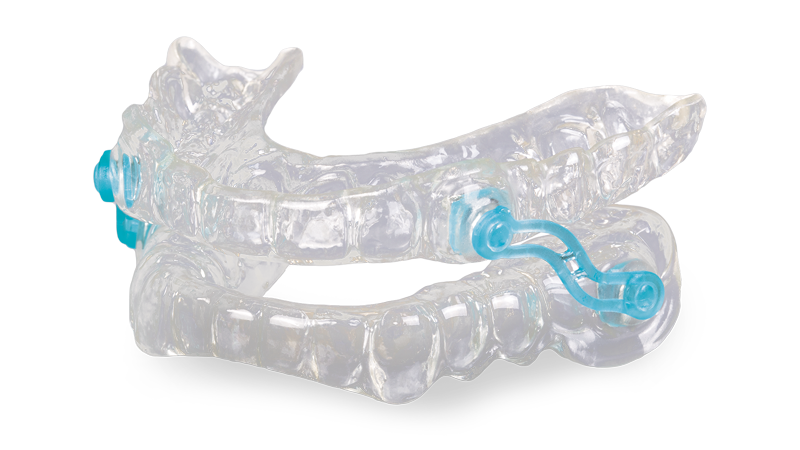
Oral appliances can be used alone or in conjunction with CPAP. This combination therapy is thought to reduce CPAP pressure which is key to reducing discomfort and improving compliance. Patients tend to respond well to MAD therapy because it travels well, invisible to the bed partner and is very effective treating snoring.
It is important to have a trained dentist make the MAD for sleep apnea. The primary symptom, snoring, resolves quickly the MAD may need further adjustment to stop the OSA.
Patients who wear custom oral appliances tend to be very comfortable with the treatment and use it longer and more consitently than CPAP.
3. Surgery
Surgery is an option for people with OSA who do not respond to other treatments. There are several types of surgery that can be used to treat sleep apnea, including uvulopalatopharyngoplasty (UPPP), maxillomandibular advancement (MMA), and tracheostomy.
Surgery can be painful, is always permanent and outcomes can be hard to predict. Soft tissues from the soft palate, uvula and tonsils to the base of the tongue all can collapse and block airflow. Surgery is so site specific that often more than one surgery is needed to address the site of each obstruction along the airway.
4. Weight loss
Weight loss is often recommended for people with OSA, as high body mass index (BMI) is a known risk factor for OSA. Losing even a small amount of weight can help to reduce the severity of sleep apnea symptoms.
6. Sleeping on your side in bed.
Sleeping on your side can help to prevent OSA episodes by keeping the airway open. People who sleep on their back are more likely to experience apnea episodes due to gravity causing the tongue and soft palate to collapse into the airway.
Introducing Inspire – how does it work?
Inspire is an FDA-approved alternative to CPAP machines, that works inside your body while you sleep. While the goal of the therapy is to manage tongue position, as many traditional treatments do, this treatment approaches therapy in a completely new way.
Inspire is a small implanted device, similar to a pacemaker, that is implanted during a same-day, outpatient procedure requiring just three small incisions.
The surgery takes place under general anesthetic and consists of three components
Implanting a pressure sensing lead that detects breathing effort in your chest
Neuro stimulator that contains the battery and control chip implanted below your collar bone
Stimulator lead that delivers the hypoglossal nerve stimulation impulse inserted under your chin .
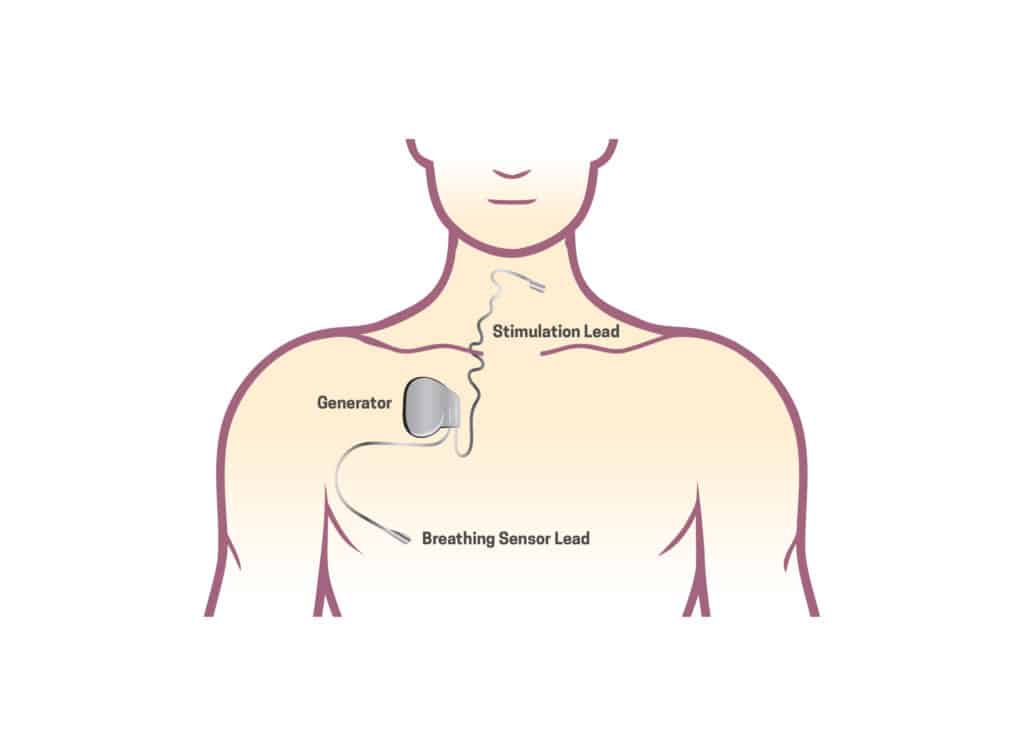
Once the device is placed a physician calibrates the device to assure that it delivers a pluse to the hypoglossal nerve sufficient to affect the tongue. This calibration appointment typically takes place 30 days or so after surgery.
Activating the device is easy, you turn on the Inspire device when you go to bed, using a remote control. When you’re asleep, the device monitors your breathing and sends mild stimulation to the hypoglossal nerve in your tongue, pushing it forward, keeping your airway open.
Unlike CPAP, which requires wearing a mask and having a blower at your bedside throughout the night, Inspire doesn’t require any extra equipment or maintenance once it’s implanted. It also offers more flexibility than MMA surgery, since it can be adjusted remotely by your doctor if needed.
Unlike mandibular advancement devices (MAD), which are custom made by a dentist out of mouth guard material and need to be replaced every few years. Inspire does not get lost, eaten by the dog or broken the way an MAD can. Inspire has a battery life estimated at 11 years. When the battery does needs replacing a surgical procedure is required.
System Overview
Overall, Inspire is an innovative new treatment option for OSA sufferers who want a discreet, effective solution without having to wear bulky equipment or undergo invasive multi site surgery. If you’re looking for a way to get better quality sleep without sacrificing comfort or convenience, Inspire could fit the bill.
How it Works
The Inspire system is an implantable device that treats sleep apnea. It works by using a small generator implanted under the skin in the chest, connected to electrodes in the airway. The device is controlled by a handheld remote and is activated before sleep.
Here’s how the Inspire system works:
Detection: The device detects when the patient is about to start breathing in, and automatically turns on the stimulation.
Stimulation: The electrodes in the airway receive a small electrical stimulation from the generator, causing the tongue and other soft tissues to move forward and keep the airway open.
Monitoring: The device constantly monitors the patient’s breathing and adjusts the stimulation as needed to keep the airway open throughout the night.
Deactivation: The patient can turn off the stimulation at any time using the remote, and the device will automatically turn off when the patient is no longer asleep.
The Inspire system is designed to be a comfortable and convenient treatment option for sleep apnea. By using a small implant to keep the airway open, it can provide effective treatment without the need for a bulky mask or continuous pressure.
Summary of Key Benefits
Inspire is a sleep apnea treatment device that stimulates the patient’s airway to keep it open during sleep. Here are the six most important benefits of Inspire therapy for patients:
Improved sleep quality: Inspire helps patients breathe more easily during sleep, reducing sleep disruptions and leading to a better quality of sleep.
Increased energy and alertness: By getting better sleep, patients who use Inspire often report feeling more rested and energetic during the day.
Reduced symptoms of sleep apnea: Inspire has been shown to effectively treat the symptoms of sleep apnea, including loud snoring, choking or gasping during sleep, and excessive daytime sleepiness.
Better overall health: Sleep apnea has been linked to a number of health problems, including high blood pressure, heart disease, and stroke. By effectively treating sleep apnea, Inspire can help improve overall health.
Non-invasive treatment: Unlike other sleep apnea treatments such as CPAP (continuous positive airway pressure), Inspire does not involve wearing a mask or undergoing surgery. This makes it an appealing option for many patients.
Increased quality of life: By improving sleep quality, reducing sleep apnea symptoms, and improving overall health, Inspire can help patients enjoy a better quality of life. Many patients report feeling more rested, more energetic, and more alert after starting
Conclusion
If you’re suffering from OSA and are looking for an effective solution that doesn’t involve wearing bulky equipment or undergoing invasive surgery, Inspire could be right for you! Schedule a consultation with your doctor today to see if this revolutionary new treatment is right for you.

